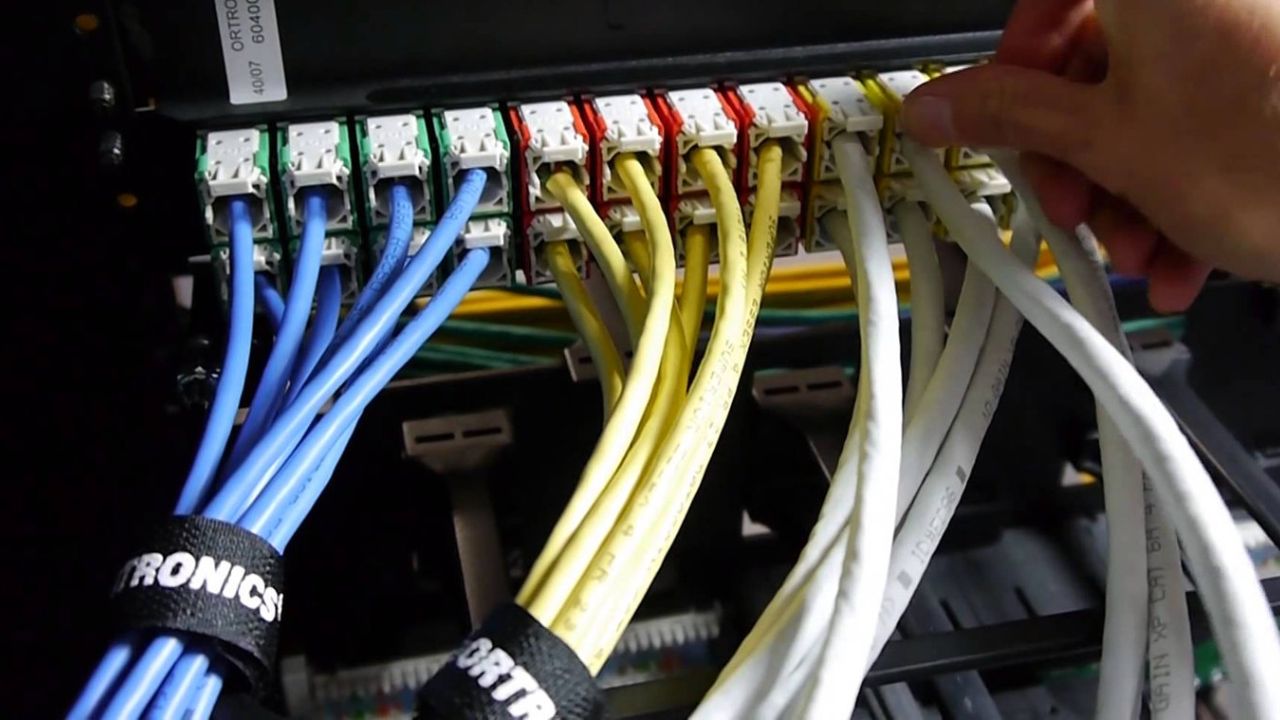Data centers are the core of the modern communication network and are vital for continuous data transfer. Incorporated in these data centers is a fiber optic system which is the fastest and most reliable one. However, the effectiveness of a fiber optic network is greatly determined by the accessories that are in the network. This article deals with the fundamental fiber optical accessories that are helpful in data center applications.
The Importance of Fiber Optic Accessories
Cabling is the backbone of any data center’s network infrastructure and fiber optic accessories are equally important for efficient operation and management. There are those accessories that assist in the laying down of the fiber optics and others assist in the controlling of the signal and the network. In case appropriate accessories are not applied, data centers may face issues such as signal attenuation or increased latency and problems of maintenance.
Cable Management Systems
Cable management is one of the most critical aspects that need to be followed. It is to ensure that the data center is not congested with cables. Fiber optic cables are managed through cable management systems. This system includes cable trays, raceways, and racks. These systems assist in avoiding the entanglement of cables, minimizing signal interferences, and in the process of diagnostics. It also enhances the flow of air which means that cables do not block air hence preventing the development of heat and failure of equipment. Thus, proper management of cables in data centers can help improve the functionality of the facility and minimize the time spent on maintenance.
Fiber Optic Connectors
Fiber optic connectors are crucial when it comes to preserving the quality of the signal. These connectors are used in coupling the fiber optic cables and making sure that they are well connected. SC, LC, and MPO connectors are some of the most common connectors, and each of them has its benefits. Selecting specific connectors for a given application is very crucial to achieving the best results and compatibility with the existing structures. The connectors should also be inspected and cleaned frequently to avoid the weakening of the signals and the overall stability of the network.
Testing and Monitoring Tools
To make sure that the fiber optic network is always dependable, it must be checked and verified from time to time. OTDRs and power meters are used for fault detection and signal power and quality of links. The monitoring tools offer real-time analysis of the network, and thus the data center managers can identify problems and work on them before they occur. With the help of modern testing and monitoring equipment, data centers can increase the performance of the networks, decrease the time for failure detection and recovery, and increase general productivity.
Patch Panels
Fiber optic link management modules are essential devices that are used to manage patch panels in the data center facility. They provide a central reference point through which fiber optic cables can be disconnected, rearranged, and connected again as well. Since patch connections are made at one point, patch panels make it easier to diagnose faults and effect repairs. They also assist in the right fixing of cables so that there will be no damage or signal interference to the cables. Regarding the patch panels, it is necessary to choose the right ones that would satisfy the data center’s requirements for ports and connectors.
Fiber Optic Enclosures
Fiber optic enclosures are essential for protecting the connections and the life of the network. These are used to accommodate splice trays, patch panels, and any other vital component that needs protection from dust, water, or physical impacts. They also enhance cable management since cables can be run in specific routes within the enclosures and hence no tangling and less stress on the fibers. Thus, by providing high-quality fiber optic enclosures, data centers can increase network availability and decrease the number of failures.
Fiber Optic Transceivers
Fiber optic transceivers are essential components in data centers. They enable data transmission between equipment. They convert electrical signals into optical signals, facilitating communication between servers, switches, and routers. They come in various form factors and data rates to meet network needs. The right transceiver is chosen for compatibility with network devices and supporting data rates essential for data center operations.
Conclusion
In conclusion, fiber optic accessories are critical in today’s fast-changing data center environment because of the importance of efficient data center management and proper connectivity. Starting from patch panels and enclosures to connectors and transceivers, every accessory plays its part in ensuring the networks’ reliability and performance. Fiber optic accessories and proper handling of cables improve the operations of data centers by reducing the amount of work required in maintenance as well as serving as a reliable means of providing services for today’s communication networks.

